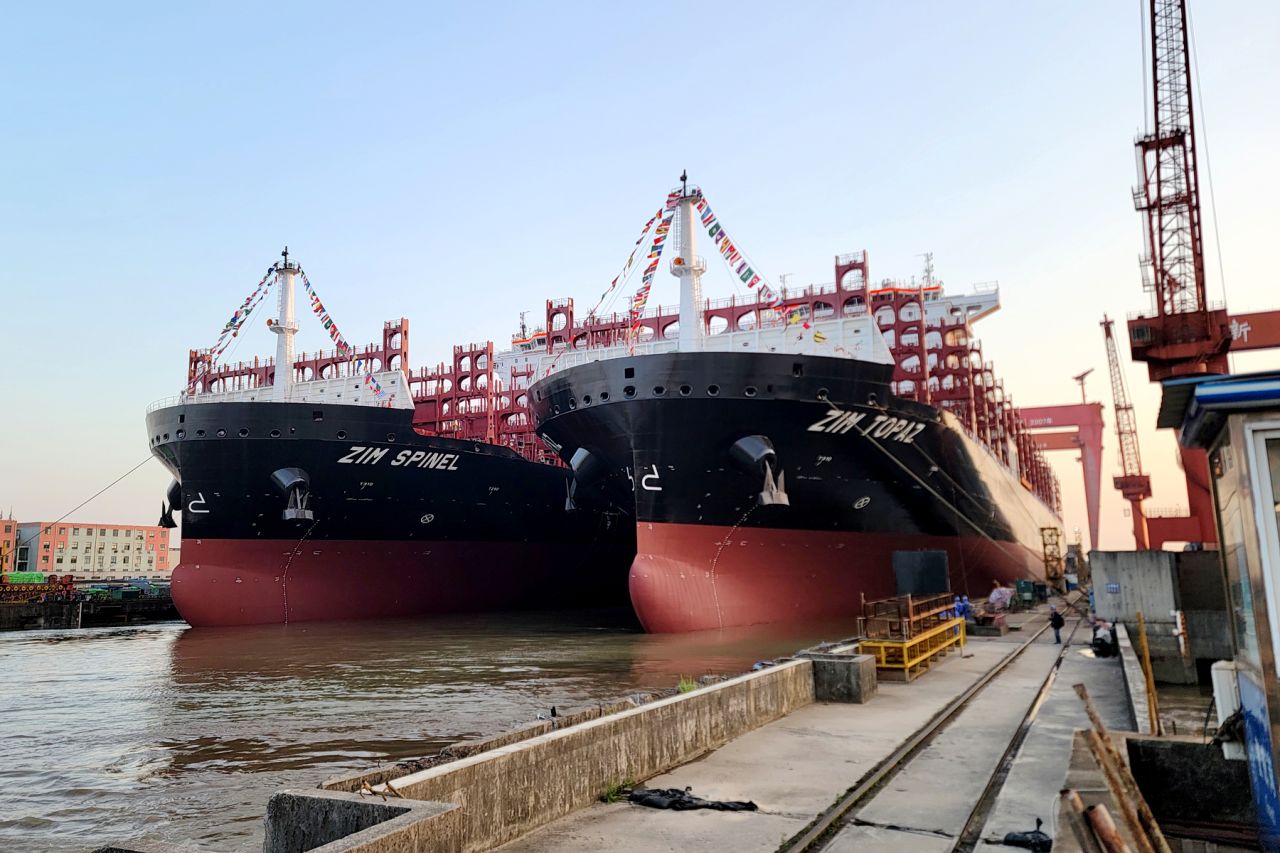Israeli container liner company ZIM Integrated Shipping Services (ZIM) has reported its consolidated results for the three and six months ended June 30, 2025.
For the second quarter, ZIM’s net income plummeted to just $24m compared to $373m for the same period last year.
Adjusted EBITDA for the second quarter of 2025 was $472m, compared to $766m for the second quarter of 2024. Adjusted EBIT was $149m for the second quarter of 2025, compared to $488m for the second quarter of 2024.
Revenues for the second quarter were $1.64bn, a year-over-year decrease of 15%, mainly driven by the decrease in freight rates and carried volume.
Despite the challenging Q2, ZIM revised its full year guidance and now expects to generate Adjusted EBITDA between $1.8bn and $2.2bn and Adjusted EBIT between $550m and $950m.
Previously, the company expected to generate Adjusted EBITDA between $1.6bn and $2.2bn and Adjusted EBIT between $350m and $950m.
Eli Glickman, ZIM president and CEO, said: “Amid market disruptions and volatility, we continued to leverage our upscaled capacity and improved cost structure in Q2. In this highly uncertain market environment, our focus is controlling what we can to position ZIM for sustainable and profitable growth over the long term.”
Glickman added, “Our strength lies in the quality of our modern, competitive fleet and in our agile commercial strategy, which enables us to respond quickly to changes in demand across our global trade lanes. While we view our flexibility as critical in order to act dynamically, we also continue to seek attractive opportunities that will ensure our fleet remains cost effective moving forward. Overall, we are confident that our commitment to operational excellence, combined with the growing diversification in our geographic footprint, will drive even greater business resilience in the future.”
“Given our performance to date, we have increased the midpoints of our 2025 guidance ranges. We now expect full year Adjusted EBITDA between $1.8 billion and $2.2 billion and Adjusted EBIT between $550 million and $950 million. We intend to draw on our transformed fleet and improved cost structure to continue to create long-term value for our shareholders even in the face of challenging and unpredictable market dynamics,” the president and chief executive concluded in his statement.



